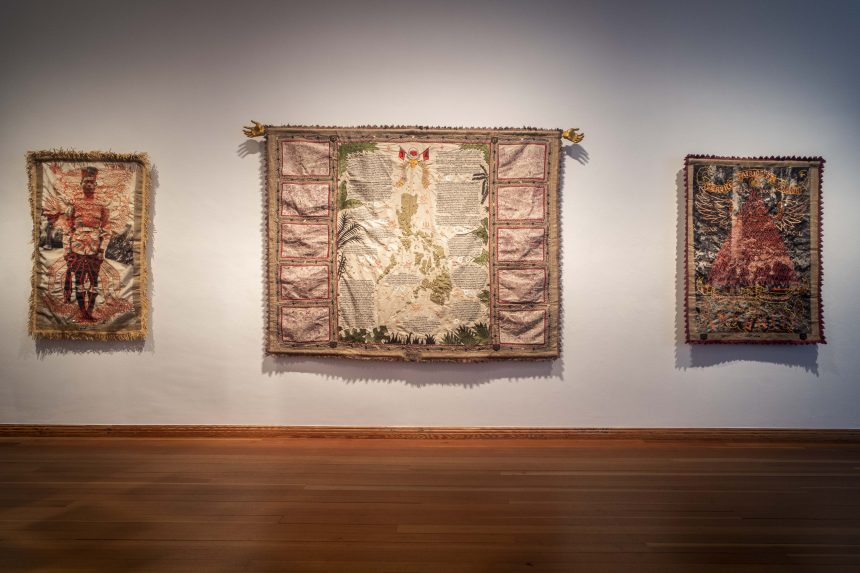The 11th Berlin Biennale: Catharsis Through the Cracks
With a roster of artists mainly from the Global South, the 11th edition of the Berlin Biennale vows to act in solidarity with those who remain vulnerable under the different systems of power. Spread throughout four venues in the German capital, every segment of the biennial was put together to understand the brokenness and ferocity of hierarchies, colonisation, and oppressive orders. Titled, “The Crack Begins Within,” the female-identifying South American curators composed of María Berríos, Renata Cervetto, Lisette Lagnado, and Agustín Pérez Rubio had borrowed the words of the Egyptian poet, Iman Mersal, to summarise their vision. They write: “The Crack Begins Within calls out the fallacy of claiming for oneself the destruction of the old and the birthing of the new, refloated so many times by the white fathers as a new scaffolding to secure the continuity of their decaying structures. This is the violence that surrounds us, and that we are a part of.”
Following this view, the biennial is divided into segments that considered and confronted the contemporary context of the exhibition spaces: KW Institute for Contemporary Art (The Antichurch); daadgalerie (Storefront for Dissident Bodies); Gropius Bau (The Inverted Museum); and ExRotaprint (The Living Archive).
Patriarchies and Crowds
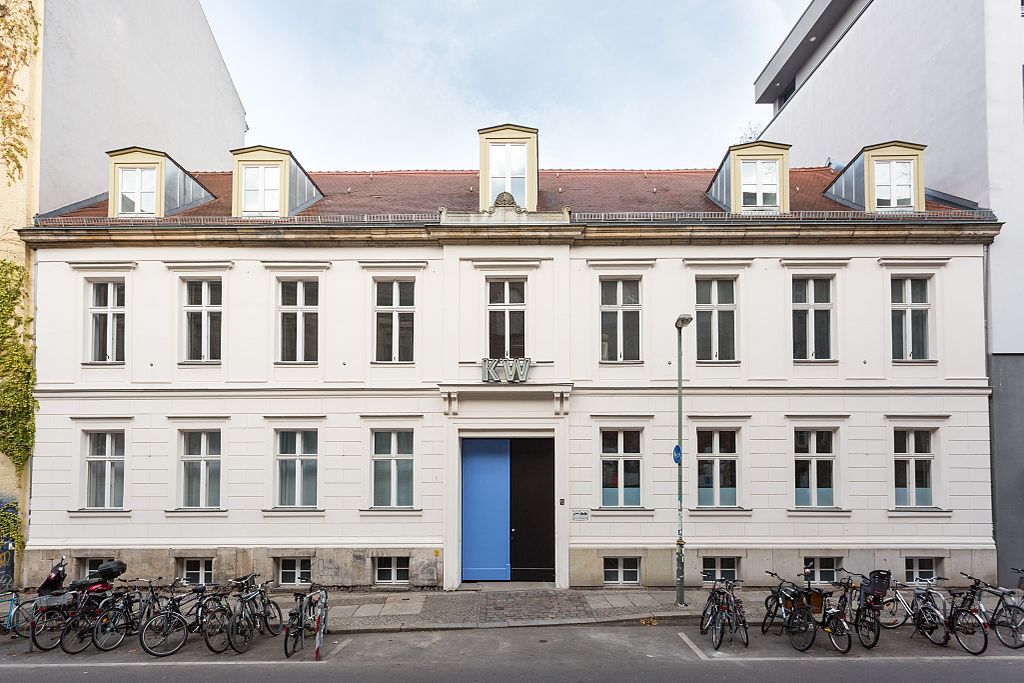
The links between patriarchy and religion are exhibited inside the KW Institute for Contemporary Art. The biennial’s “Antichurch” epilogue reflects on the emergence of populist regimes in the 1930s and seeks to understand the rise of nationalism that borders on fanaticism in current times. The controversial work of Brazilian artist Flávio de Carvalho in “Experiências” (experiments, experiences, or life events) influenced the curators in conceptualising the biennial. In 1931, Carvalho walked in the opposite direction of a religious procession and was almost lynched by an angry São Paulo crowd.
At the centre of the space, the paintings of Pedro Moraleida Bernardes are arranged in a tableau that simulates parallel monuments and altars. They hint at male tendencies in image-making and perspectives from what can be attributed as outsider art.
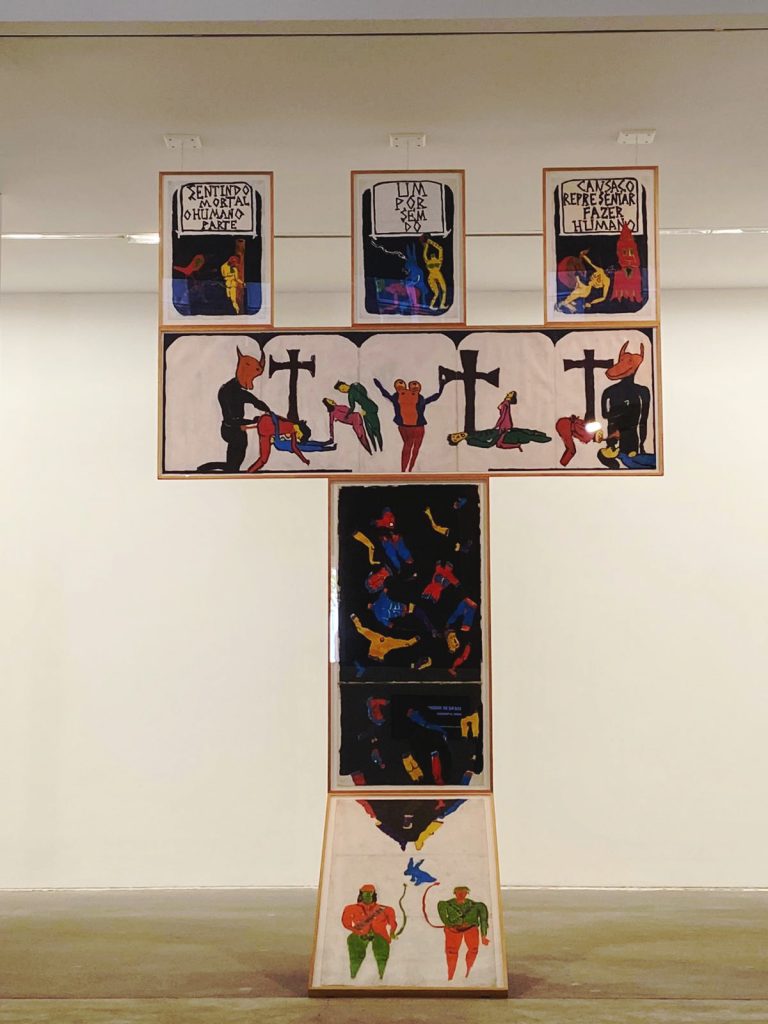
Part of this section on the second floor of the KW are drawings for a graphic novel that Kurdish artist and activist Zehra Doğan made while serving her prison sentence. These were executed after her painting, which criticised the destruction caused by Turkish state forces in the town of Nusaybin, had displeased authorities. Doğan’s illustrations and texts about the experiences of female political prisoners are displayed on slanted tables along with the narratives that look into the Kurdish fight for independence.
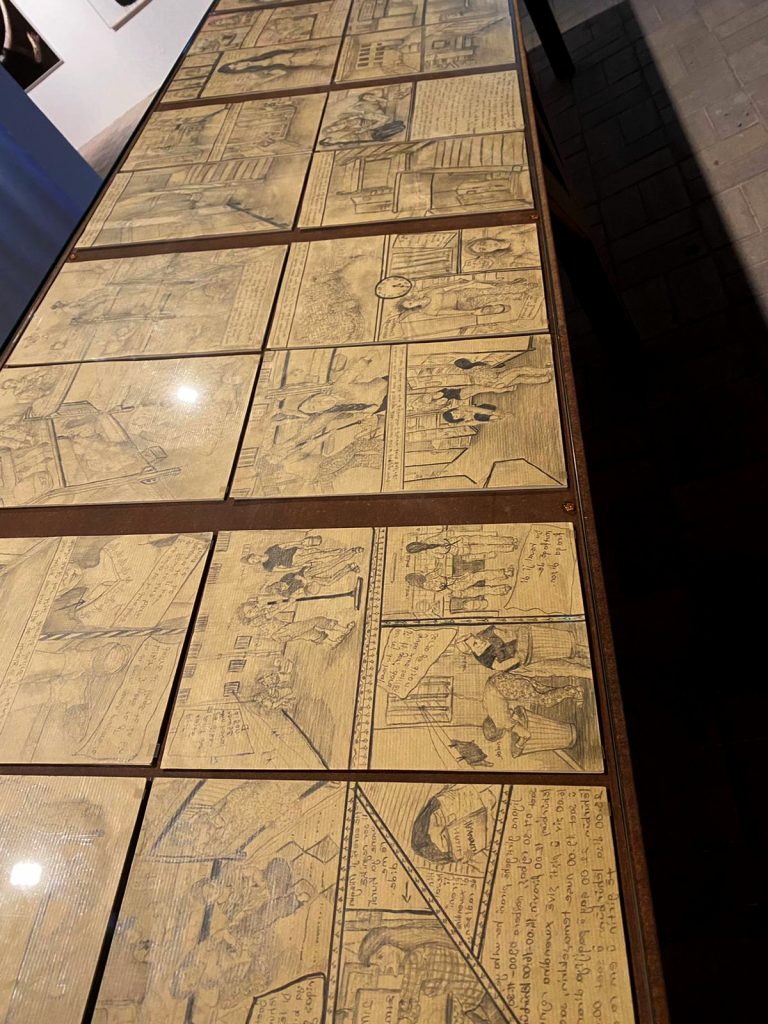
Inverting the Museum
At the Gropius Bau, the exhibition begins when one enters the museum’s backdoor and is immediately deceived by the rows of vitrines containing ceramics that suggest pre-historic Incan origins. On closer look, they are two-dimensional paintings representing indigenous artifacts found in different museums in Spain. These objects are part of a series produced by the Peruvian artist Sandra Gamara as a critique of many cultural institutions’ position as caretakers of colonial plunders. As the biennial sets itself to become a critical refuge to discuss whether establishments in the art world should be restructured or destroyed altogether, Gamara’s works point out the flaws in institutions once built to enable imperialism.
Manila-based artist Cian Dayrit challenges the role of imperial power through its archives. “Anatomy of Aggression I and II” re-appropriated photographs from the 1900s that US soldiers took when they invaded the Cordillera region in the Philippines. Fascist methods and militarist tactics against activists and dissenters are traced in the country’s map as part of Dayrit’s “Tropical Terror Tapestry.” Embroidered in both works are several images of “anting-anting” or pre-colonial amulets believed to act as weapons against evil spirits and creatures of darkness.
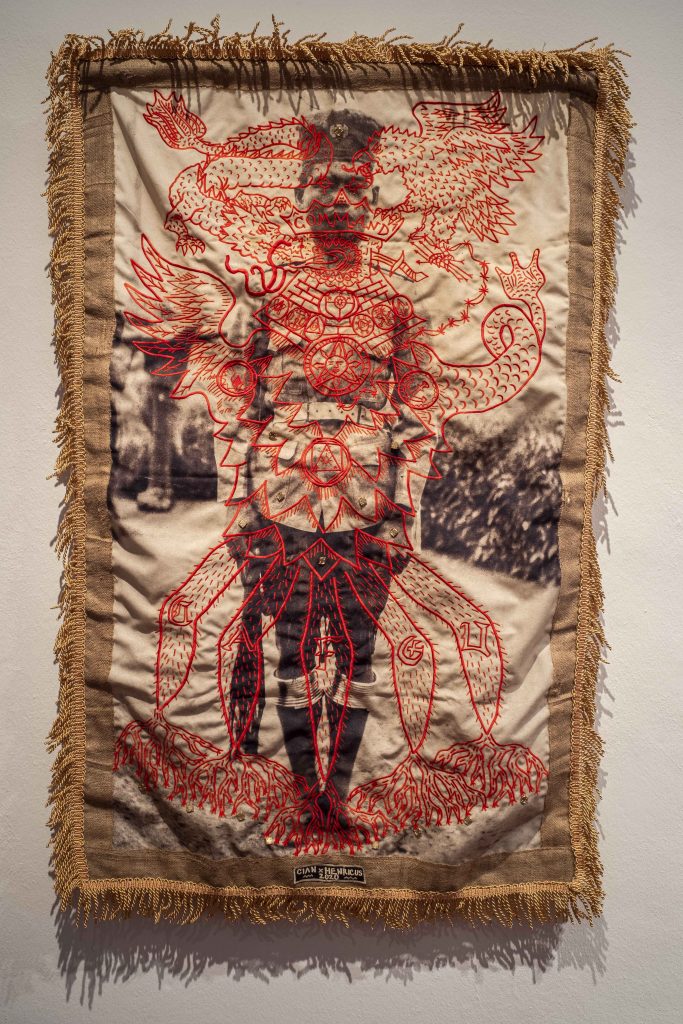
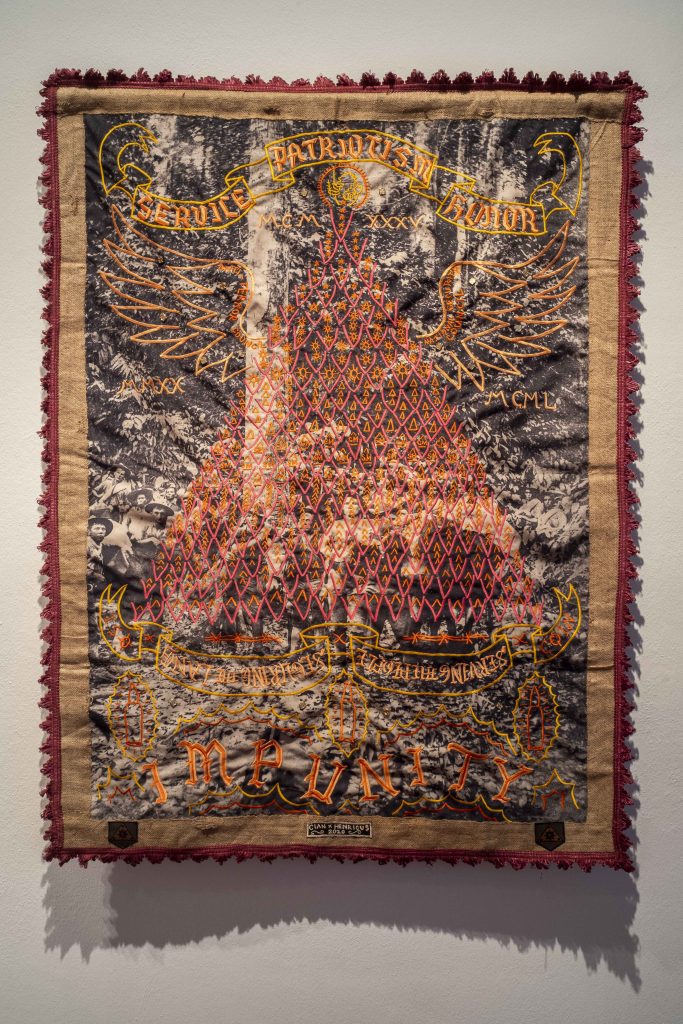
In another area of the museum, the works of modernist German artist Käthe Kollwitz lead us to the accounts of female-led rebellions and peasant struggles of the early 1900s in Europe. Kollwitz’s “Die Carmanogle” (The Carmanogle) hauntingly depicts a working-class crowd as they gather and dance in a trance around a guillotine. “Die Mütter” (Two Mothers) from Kollwitz’s Krieg series is a fiery telling of women at the frontlines of war, protecting their children from its atrocities.
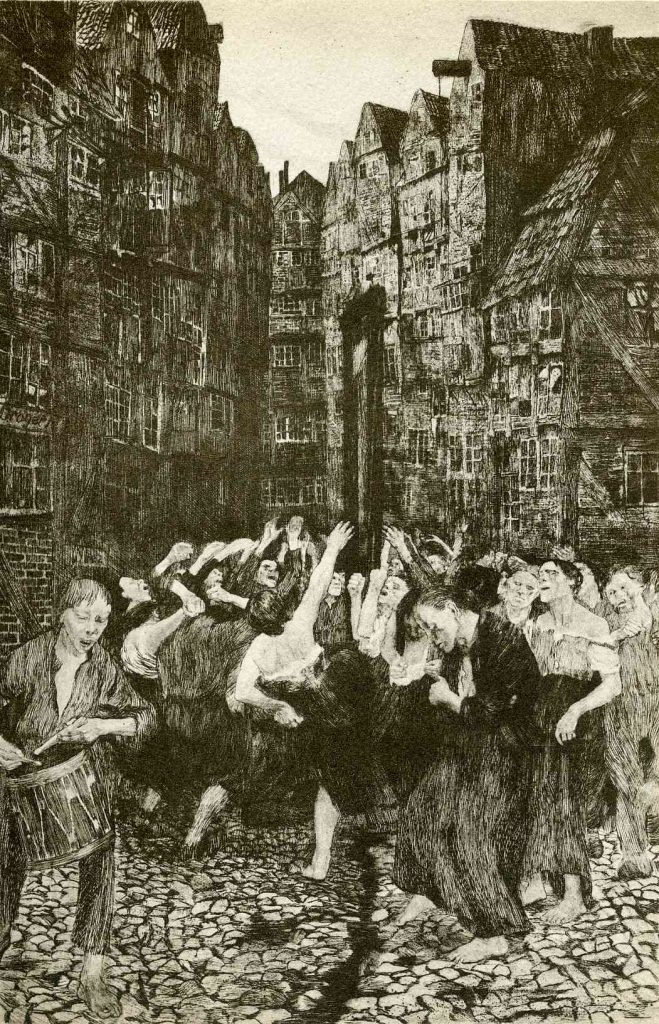
Another confounding component of the biennial is the inclusion of works from a “museum in exile” – The Museo de la Solidaridad from Santiago, Chile. Its idea came from “Operación Verdad”, which started in 1971 as a campaign to call on artists to stand in unity with the Chilean people in defending the presidency of Salvador Allende. The socialist leader later died in a military coup at the Palacio de La Moneda. Artists from around the world had responded to the call and their works were later confiscated under the dictatorial regime of Augusto Pinochet. Between 1972-1973, “Operación Verdad” received about seven hundred artworks that ranged from paintings, sculptures, prints, to tapestries.
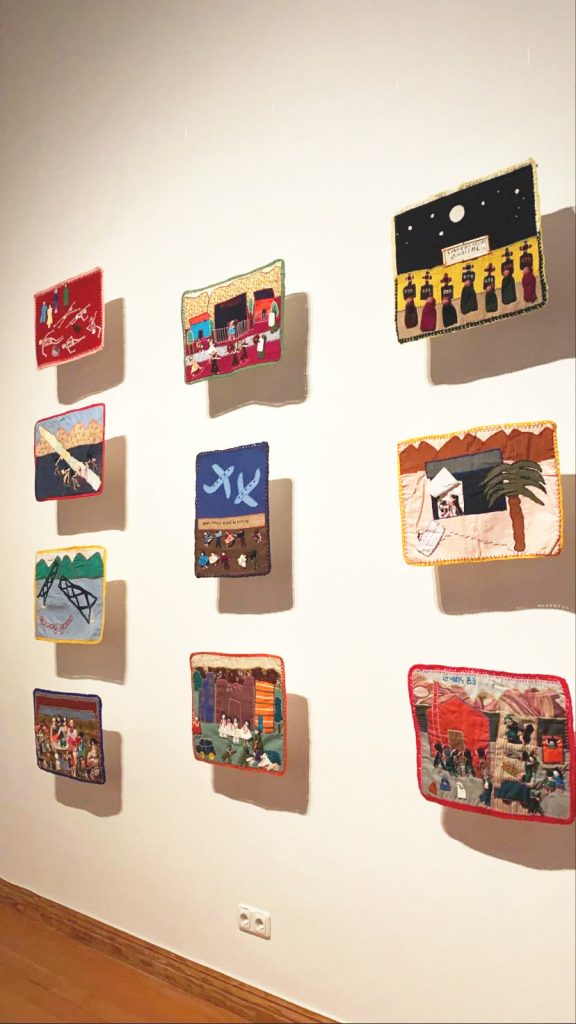
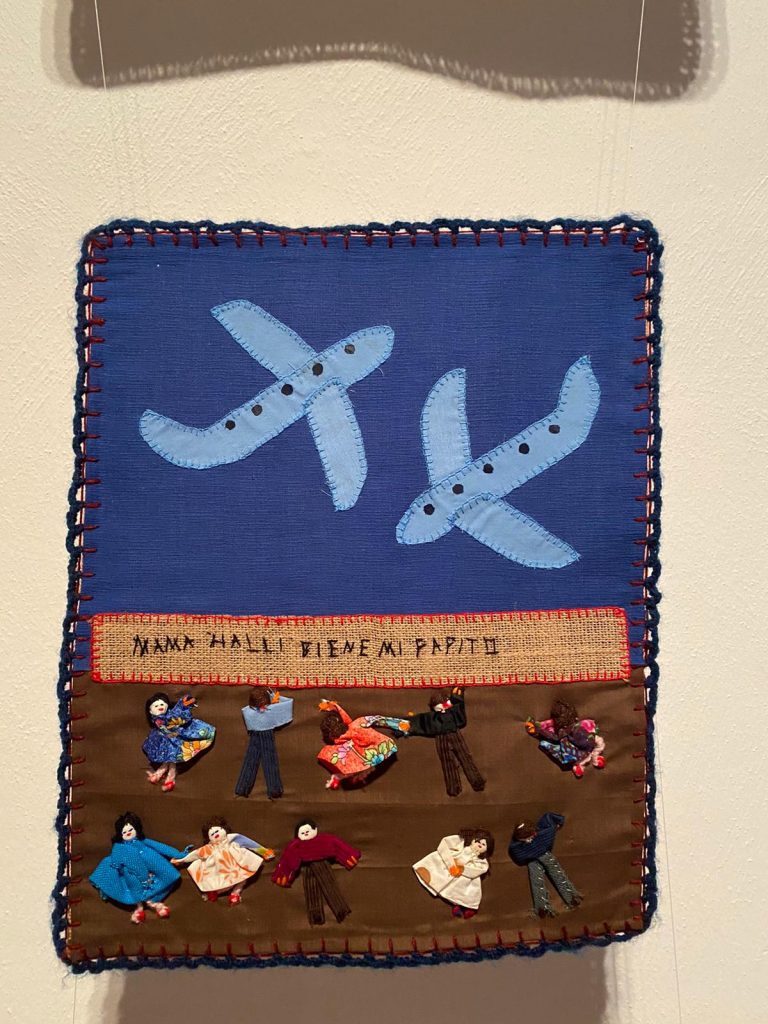
Dissenting Bodies and the Living Archives
Emphasizing the history of the daadgalerie as a place of collaborations, the biennial’s third epilogue, “Storefront for Dissident Bodies” interrogates our relationships with architecture and cities, places where bodies inhabit and form our connections to the world. Inside, a blue sweater of Mayan Kaqchikel artist Edgar Calel flaunts the embroidered twenty-three indigenous languages in Guatemala to define the idea of territory. The mutation of memory and culture observed in Calel’s work emphasises how we are empowered through language.
The biennial’s final epilogue is materialised through the “The Living Archive” section at the ExRotaprint. The site had opened in September of 2019 and held documentation of events preceding the exhibition platform. A photo of a meteorite kept at the Museo Nacional in Rio de Janeiro is plastered on a wall. The rock fragment is one of the few survivors of a fire that razed the two-hundred-year-old museum. Thus, the presence of the photo recognizes the vulnerability of infrastructures that hold significant cultural records. The segment is an invitation for the people to engage with the biennial through workshops and discussions, hence, becoming part of its archives.
It is without a doubt that the 11th Berlin Biennale fastidiously executed all that it had hoped to do, all while in the middle of a pandemic. Against all odds, the voices it had amplified shall continue to echo through the cracks of time, perhaps, until all gaps had been closed, mended, and tenderly cared for.

